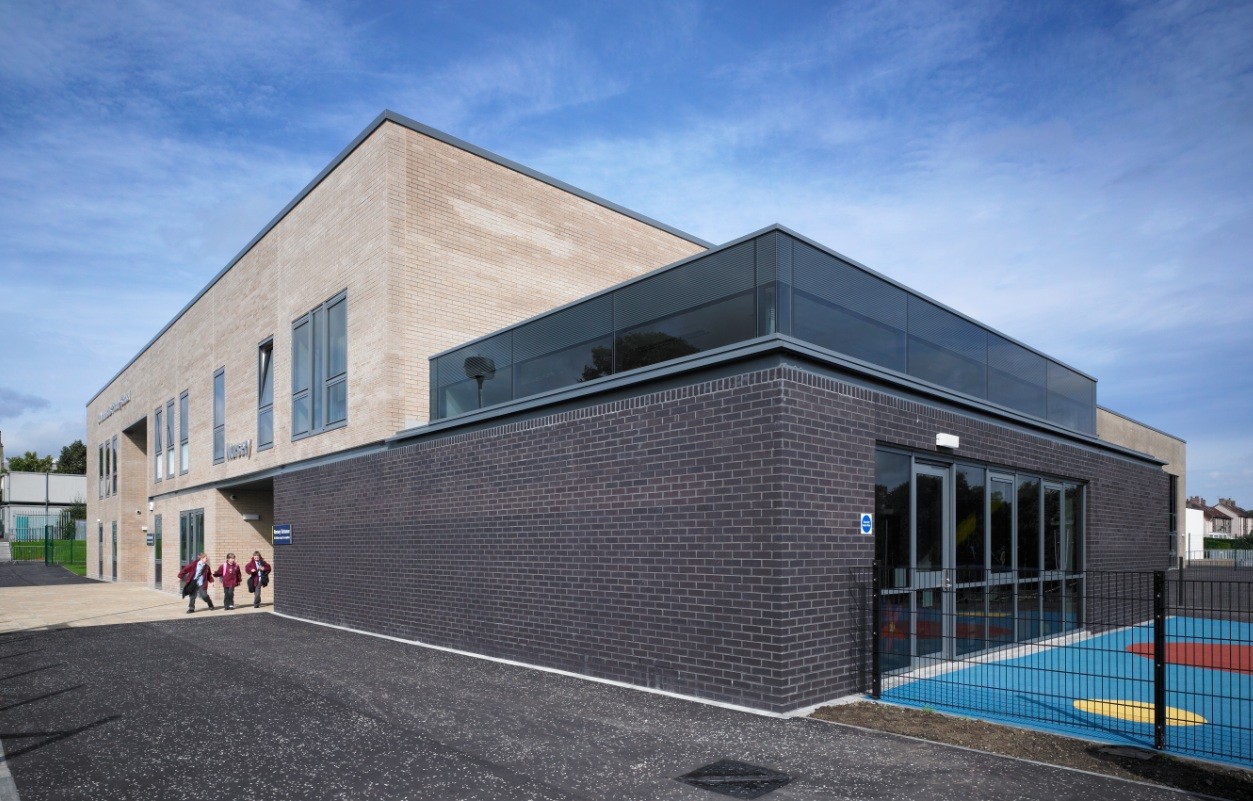
 Architecture isn't just about the building or concepts, it's also about how much is spent on the construction and function of the building. What we want is to do the most with the least. Meaning we want to make the most we can without having to waste much money on it. The great thing about it is that it can be Simple and Simplistic. A simple building has to do with the elegance of it, the looks, like the quote,"Simple, but effective." A building that is simplistic is more like there's not much behind it. Like it can be any building you see anywhere. The energy consumed by a building depends a lot on its Orientation, Daylighting, Sun Control Devises, Interior & Exterior Spaces, and it's Compactness. Where the sun hits it in the summer and winter had a huge effect. How much sun enters, how much left space over inside and outside, and how close are the walls. In other words, how much does it cost to maintain the building?
Architecture isn't just about the building or concepts, it's also about how much is spent on the construction and function of the building. What we want is to do the most with the least. Meaning we want to make the most we can without having to waste much money on it. The great thing about it is that it can be Simple and Simplistic. A simple building has to do with the elegance of it, the looks, like the quote,"Simple, but effective." A building that is simplistic is more like there's not much behind it. Like it can be any building you see anywhere. The energy consumed by a building depends a lot on its Orientation, Daylighting, Sun Control Devises, Interior & Exterior Spaces, and it's Compactness. Where the sun hits it in the summer and winter had a huge effect. How much sun enters, how much left space over inside and outside, and how close are the walls. In other words, how much does it cost to maintain the building?The House of Sugimoto is a great example, it contains all of the five things that are needed to have an energy efficient home. The House of Sugimoto isn't divided by solid walls, instead it's divided by screens. Giving the whole house a big room effect. The screens also provide a direct way for the sunlight to come in. The thing that fascinated me was that the beams aren't one solid one, they are like 3D puzzles. All of its empty spaces are gardens, providing a filter from the sun. The layout of the building is interesting, it's in a way mixed uses but not really. The buildings are separated but still in the same site. It was once described as,"The house is a series of empty connected spaces."

Cindy, I wish you could develop a little more your idea of not solid beams. I'm still thinking what you are trying to say with that.
ReplyDeleteThanks.
R